*NEW SERIES* Anato-Mondays - Study anatomy with me!
Hey Everyone! I think its about time to bring my study habits to the people of STEEMIT.
In order for any artist striving to depict the human figure accurately they must build a Visual Library of anatomical knowledge. This, of course, does not come over night but over many nights of study. There are so many ways to approach learning human anatomy but I thought it was time to share my process and methods to build a working knowledge. So without anymore delay, I present....

Week 1
This week I want to start with my general processes and resources for studying anatomy. There are so many anatomy textbooks and how to guides that I am sure that I haven't seen them all. That being said here is my personal list of books that have become my bibles to human beings.
Reading list
Bridgeman's Complete Guide to Drawing from Life by George Bridgman
This is a Classic, Bridgman's breakdowns, exaggerated forms, and understanding of the body as a whole is so invaluable.
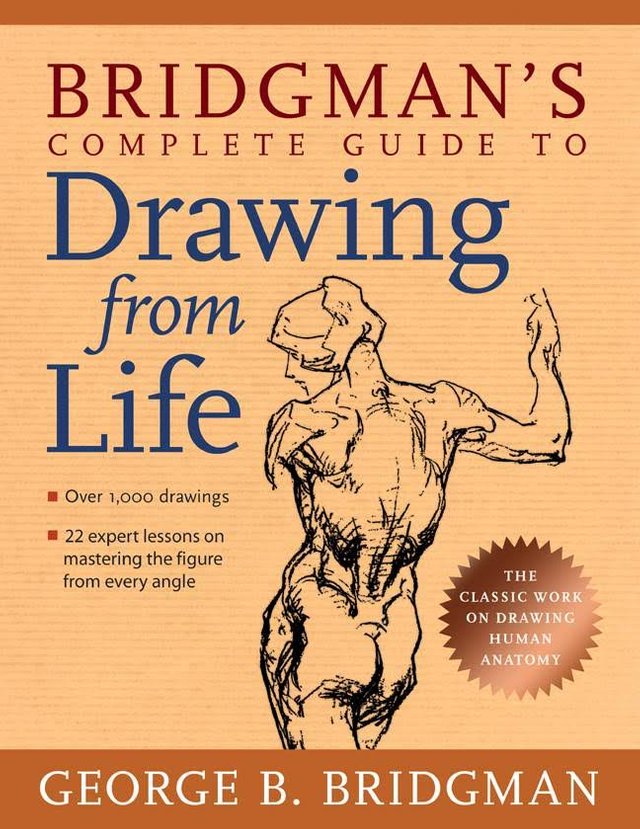
Figure Drawing, Design and Invention by Michael Hampton
This one may be my favorite. Hampton breaks down the anatomy of the whole process magnificently and really treats the body as a solid form.
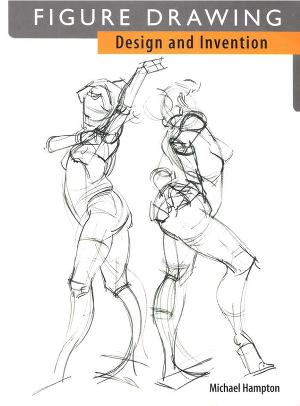
Figure Drawing for all It's Worth by Andrew Loomis
Loomis has so many books but I think this one is the most famous for understanding what to pay attention to as you learn the accurate forms, and lighting to show the figure.
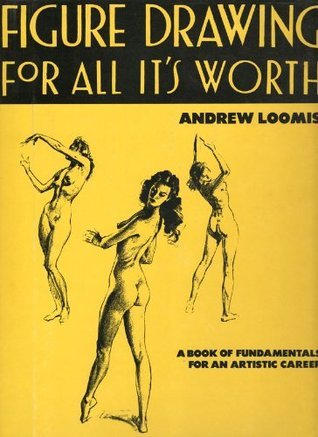
Anatomy for the Artist by Sarah Simblet
This book is mostly photo reference, but I think its the best I've seen on the shelves. Very high resolution photos and cool trace paper overlays make things real easy to understand.
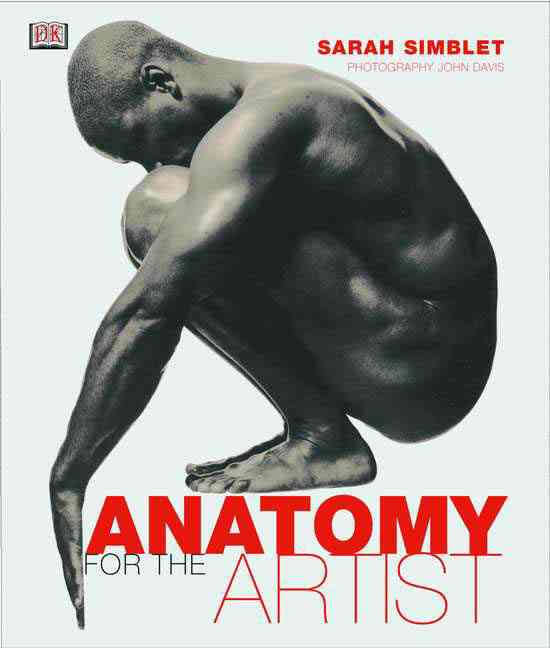
Thats it!! All you really need to start a great base for learning. I will go into further detail in the the coming weeks about my favorite parts of each book. For now, Lets take a look at my basic processes for approach these studies.
Process
First of all, if you are reading this and you are interested in following along and learning, BUT you are new to drawing in general, I highly suggest that you work through a ridiculously useful book.
It's called Drawing on the Right Side of the Brain by Betty Edwards
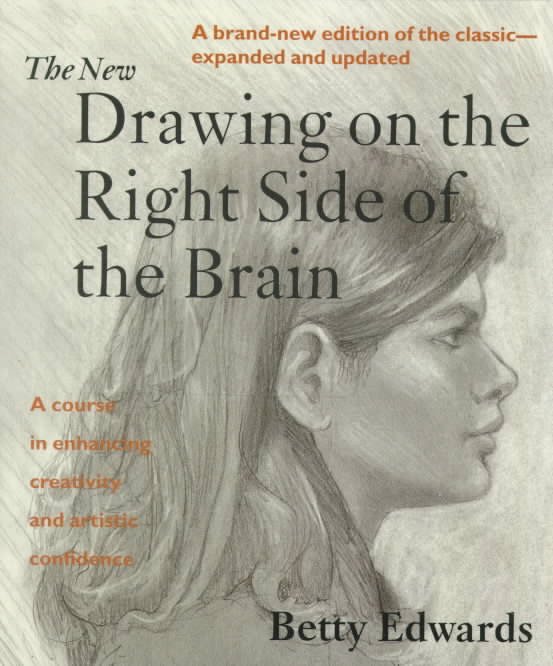
This book pretty much gets you to see the correct way before you try to start learning. It delves deep into the science of what we know about the brain and how to use it to your advantage. This book is invaluable and I guarantee that it will change your experience with drawing art for the better. It is more or less your guide to Art-hacking your brain.
Ok, with that out of the way, let me explain how I approach studying. Everything I tell you is pulled from my favorite artistic mentors and legends in the art sphere.
I think studying is pretty simple however it's often easy to lose track of the artist's real goals when actually drawing.
I like to break down the process to 4 steps:
- Evaluate- Step one is to figure out what you need to study. This can be worked out by either looking at previous work and analyzing the piece to find what you don't like or what looks wrong. Sometimes if you are really new to drawing you may need a mentor or just another set of eyes to help you with what looks inaccurate. However, if you are new, its safe to assume that you could begin studying anywhere on the figure.
- Work- This where you pull out the reference book or internet aid and copy from the resource. Draw the particular parts with as much accuracy as you can. DON'T RUSH IT. Take notes on the page about small revelations as you find them, Like "Remember, Greg, the Nose is placed 2/3's of the way down from the top of the head" or whatever. These notes will further embed the visual knowledge of what you just copied.
- Test-This part is an assessment of how much you remember from what you just copied. Just like when you learned your times tables with flash cards, you need to flip answers face down and try to replicate what you just learned. Work on this for as long as it takes to get the whole subject down as accurately as you can.
- Repeat- Now go back to the same resource and re draw from the reference material. This can be a slow process but it's also the fastest way to make the information set it. Once you get it draw, go back to the testing phase to see how much you remembered and you will be pleased to see that you are remembering the subject more accurately.
Studying is so inessential for any artist. When you start a real piece of art that you are passionate about, you will fall back to the knowledge that is most solidly formed in your mind. The more you study the more this knowledge will stick.
I can't wait to actually get into doing the studies and running through all the things that I am learning. Please follow if you are interested and want to see more. If enough people are interested I may even do video time lapses of my work.
@catapanoart Hey, you do contract work for the comics?
Please reply me back. Thanks! :)
You're going to guilt me into studying... which is good!
I've gotta admit, I never liked Bridgman, I always felt like the work in his books was too sketchy and unclear for me to really observe and learn well from. Loomis on the other hand I absolutely love!
i like this things in steemit @catapanoart
Thanks
Good idea! Thanks for the books and study suggestions. The Loomis series are a must!
Thank you! I am a huge fan of Loomis. Educational genius.
this is a great post. These books have helped me so much. kinda my bible.
Thanks man. Glad they are helping, check back on mondays for new studies.